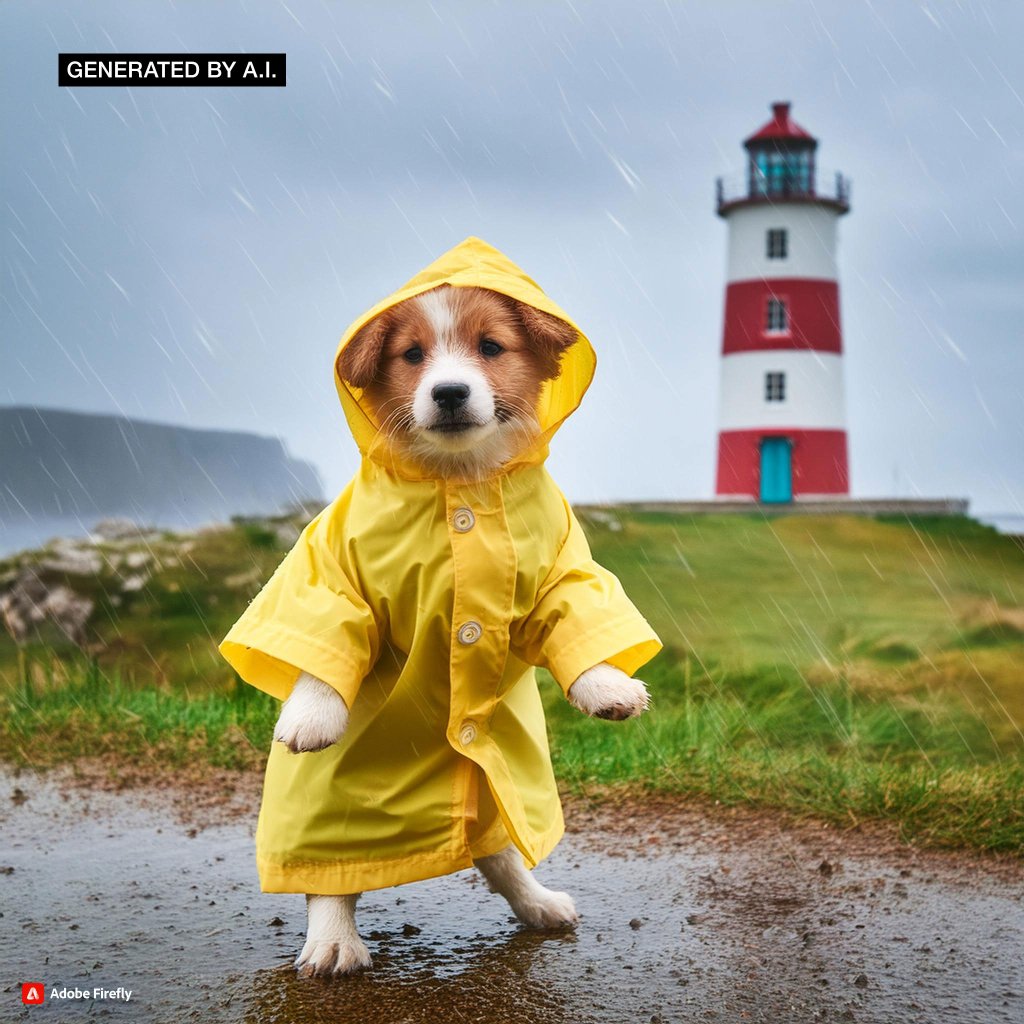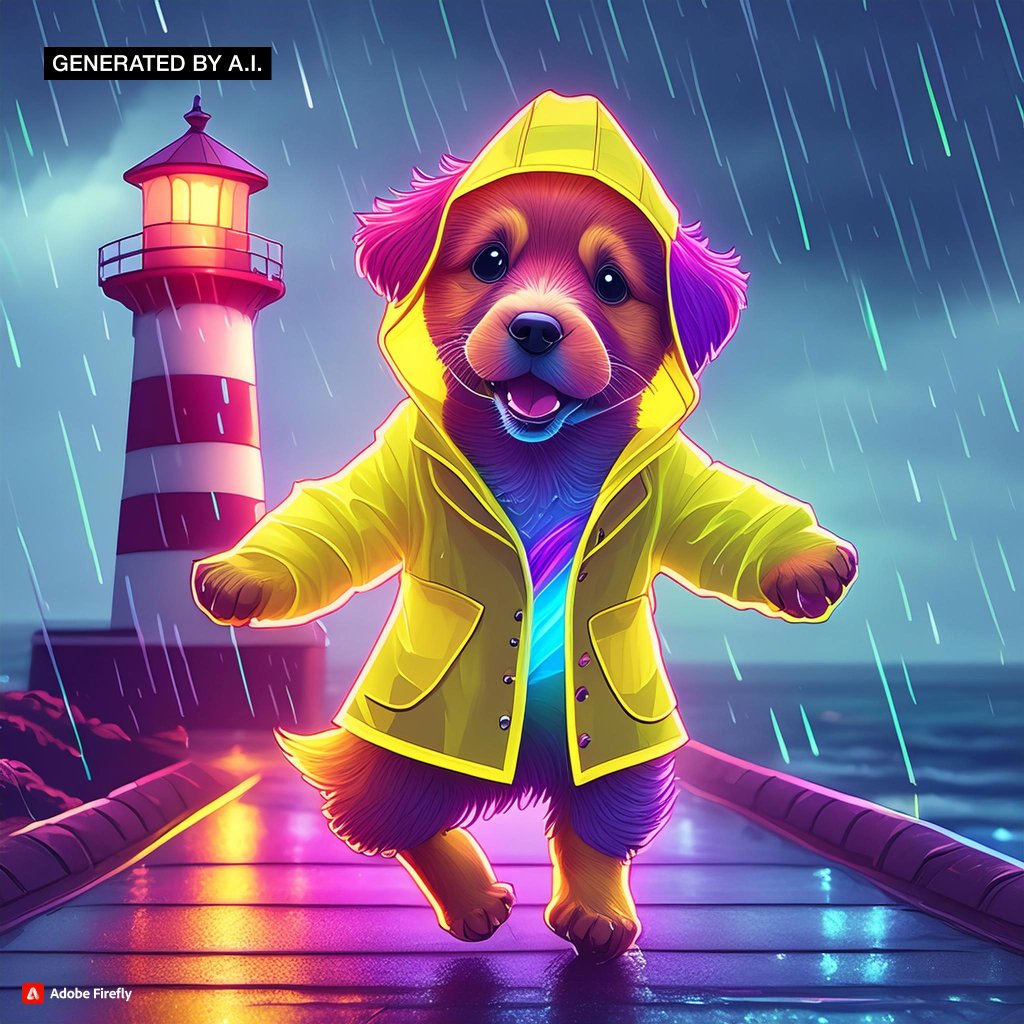Using AI to Support Vocabulary Lessons
Seeing AI-generated images of the words they’re learning can help boost elementary students’ engagement.
Your content has been saved!
Go to My Saved Content.Whether you’re introducing new vocabulary words while kicking off a science unit or helping elementary students better understand the setting of a book, there are many ways students interact with new vocabulary over the course of the school day. How do you help them understand new words? This upcoming school year, consider using generative artificial intelligence (AI) tools to support your cross-curricular literacy goals.
The past two years I’ve worked with educators across the country to help them harness the power of AI as an instructional planning tool and assistant. Vocabulary instruction is just one area where AI tools can help teachers save time by creating supplemental resources that address the varied needs of their students.
You can use a chatbot like Gemini or ChatGPT to gather a list of ideas for an upcoming lesson, but let’s take a look at how you can use generative AI tools to create images that help bring vocabulary to life. It’s a topic I’ve covered on my blog and podcast, and I recently had the chance to work with elementary educators in New York to put these ideas into action in their classrooms.
Setting a purpose
If you’ve ever spent time searching for the “perfect” image to support a lesson, you know a Google Search can only get you so far. You can use an AI tool to create an image to share with your students to explain a concept or illustrate a vocabulary word.
Where should you start? Identify the vocabulary words you anticipate students having difficulty with or that are crucial for an upcoming lesson. When trying this strategy with a group of elementary teachers this spring, I simply asked them to start off by jotting down a list of words related to an upcoming reading lesson.
For example, you could list words that are important for reading comprehension related to a short passage you’ll read aloud to your class. Alternatively, you might make a list of words related to an upcoming lesson in a social studies class where students are learning about communities.
Choosing an AI tool
This year my go-to tool for creating images with generative AI has been Adobe Firefly. I’ve done some work with the Adobe Education team and am super-impressed with the quality of Adobe Firefly. It might be my favorite, but it’s not the only option. Ideogram and Microsoft Copilot Designer are just two more examples that essentially perform the same function. These tools do not do substantially different things, at least not in the use cases featured in this blog post. However, there are a few things to consider when deciding on which tool to use.
I would suggest you choose a tool:
- That you already use, with these AI features (like how Adobe Express includes Adobe Firefly technology)
- That makes it easy for you to log in (such as using Google’s single sign-on)
- That has free options for getting started (you can always upgrade later)
Crafting a prompt
If you have explored chatbots this school year, you may already have experience with prompt engineering. When writing a prompt in any generative AI tool, you want to be clear and specific. Imagine you want to introduce the vocabulary word lighthouse to students. You can create an engaging scene for students that includes your vocabulary word.
Similar to a task or set of instructions you might give a chatbot, where you want a text-based response (like a list or lesson plan), in a tool used to create an image you’ll want to choose your words carefully. For example, you might combine a subject with an action item and add a description of the setting, such as something like the following:

A puppy in a raincoat dancing in front of a lighthouse on a rainy day.
Some tools have filters or other formatting options to choose from, such as the color palette or positioning of the subject. You can also add more text to your prompt, like this:
A cartoon puppy in a neon raincoat dancing in front of a lighthouse set far away in the background on a rainy, gloomy day.

You can continue to tweak your prompt until it gets closer to the desired image. It may take a few tries to get something that is close to your own vision. The output might not be perfect, but I’ve found much more success using these types of tools than in searching for a just-right picture in a Google Image search.
More prompt examples
Imagine you are introducing landforms to students and want a visual that illustrates the word. Although you might have a particular place in mind and opt to share a photograph of that place, you can also create an image that places more emphasis on one aspect to help spark a conversation using a new vocabulary word, such as this:
An isthmus shown from above surrounded by bright blue water.
You could also choose to add an additional instruction to your prompt that will influence the output, like this:
An isthmus shown from above surrounded by bright blue water; photorealistic
Or
A cartoon isthmus shown from above surrounded by bright blue water
Although you might find that it is easiest to create images that feature a noun (e.g., a lighthouse or isthmus), you can also create images that depict the setting of a book or a subject taking an action. These can reference a set of vocabulary words or spark a conversation where you want students to use a particular vocabulary word in context.
For example, you might try this prompt if talking about a book like Charlotte’s Web:
The kitchen of a small farmhouse with breakfast on the stove and fresh coffee being brewed.

Or you might try this prompt to introduce the word underneath or beneath to students:
A table with a laundry basket, pair of shoes, and purse on the floor underneath it.
Sharing with students
One question I often get when talking about AI-generated images with teachers is how to give credit and acknowledge an AI tool’s role as a cocreator of content. When sharing images you’ve created, you have the perfect opportunity to introduce the concept of AI. Here are some things you might focus your conversation on:
- Giving credit to your AI collaborator by adding a citation
- How to spot AI-generated content such as a deep fake image
The logistics of sharing your images with students may vary. For example, you might add your image to a slide deck and display it on the board for students. Or you might create a game for students to introduce or review the vocabulary word. When working with the group of teachers I mentioned earlier, I used images I created with the AI tool Adobe Firefly to create a matching game in Nearpod.
